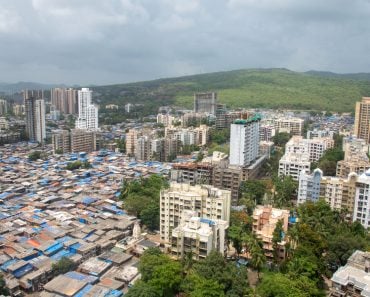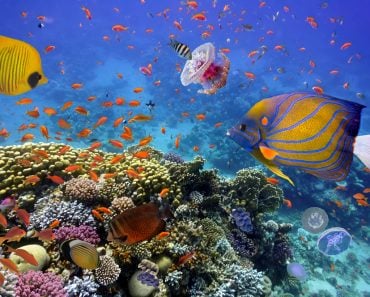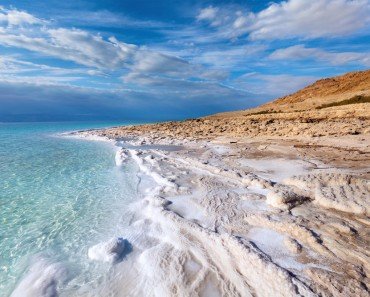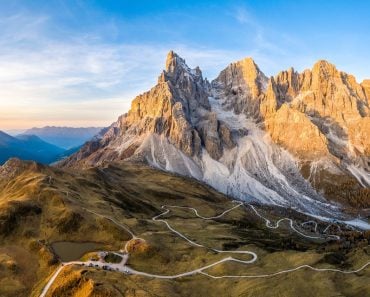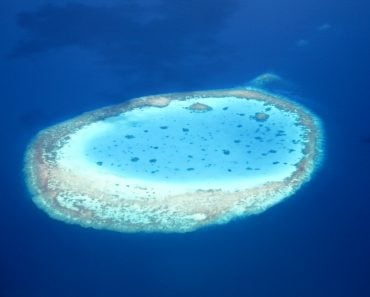Table of Contents (click to expand)
The Loktak Lake, in the northeast part of India, contains landmasses of foliage that are solid enough to support human activity, a feature that is unique to this lake. These landmasses also support a variety of wildlife species.
Manipur, a state in the northeast of India, is home to several endemic plants, animals, and peculiar landscape features. The state is situated at an average altitude of 790 meters above mean sea level.
In this pristine land rich with history and culture lies a lake that floats. The Loktak Lake, India’s “floating lake” is home to the world’s only floating national park, Keibul Lamjao National Park, which covers 40 km2 located in the southern zone.
This ancient lake plays a vital role in the economy of Manipur. Because of its importance in their socioeconomic and cultural life, it is considered the lifeline for Manipuris.
Now, what does it mean for a lake to float?
Recommended Video for you:
Floating Lake At The End Of The Stream
The name Loktak originated from the two words “Lok”, meaning “Stream”, and “Tak”, meaning “The End”. The lake works as the endpoint for several streams and rivers in the region. The catchment area of the lake is about 980 km2. Run-off from this catchment is drained into the lake mainly through seven streams that originate primarily on the northern and western flanks of the lake.
Hydrologically, Loktak Lake is dependent on nine major rivers, namely the Khuga, Thongjaorok, Awang Khujairok, Nambol, Nambul, Imphal, Kongba, Iril, and Thoubal. There were previously more tributary rivers, but the Heirok and Sekmai Rivers no longer contribute due to the diversion scheme.
On this lake are floating landmasses called Phumdis.
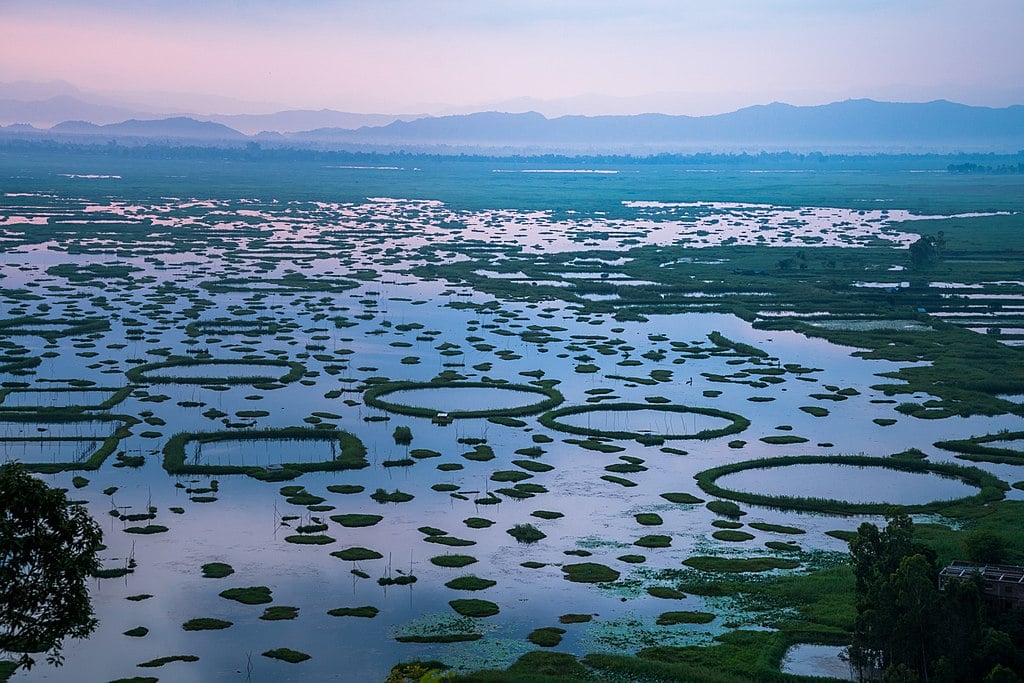
The phumdis are formed when floating fragments of foliage in the lake water combine to form large masses of vegetation over many years. Only around 20% of a phumdi generally floats above the water, while the remaining 80% remains submerged. During monsoon season, when the water levels are high, phumdis become free-floating, whereas in the summer, when the water level drops, phumdis touch the lake bottom and absorb nutrients from the substrate. The presence of these drifting masses of vegetation is what gives the lake its “floating” characteristic.
Located at the center of the state in the Moirang District, Loktak is one of the largest freshwater lakes in Northeast India, covering a 246.72 km2 area. It is situated in the Indo-Burma Biodiversity Hotspot. Loktak Lake is characterized by the presence of Phumdis—”heterogeneous mass of vegetation, soil and organic matter at various stages of decomposition floating over it.”
Besides influencing the state’s climate, the lake also serves as a water source for hydropower generation, irrigation and drinking water supply. The lake is also a source of livelihood for rural fishermen living in the surrounding areas and on phumdis. By building khangpok (huts), the traditional fishermen are able to stay on these Phumdis. These huts are called “phumshongs”. The locals observe Loktak Day on October 15th every year.
Ecology And Conservation
Loktak has a rich diversity of natural flora and fauna. The lake boasts 425 species of animals, including 249 vertebrates and 176 invertebrates. The vertebrate diversity includes six amphibian species, 106 species of birds and 32 species of mammals. Osteobrama belangeri, designated as “possibly extinct in the wild” in the IUCN Red List, was reportedly from Loktak Lake. The lake is also an important breeding site for waterfowl and migratory birds. The Keibul Lamjao National Park represents the world’s last refuge for the endangered Manipur brow-antlered deer (also known as the Sangai or Dancing deer—Rucervus eldii eldii).
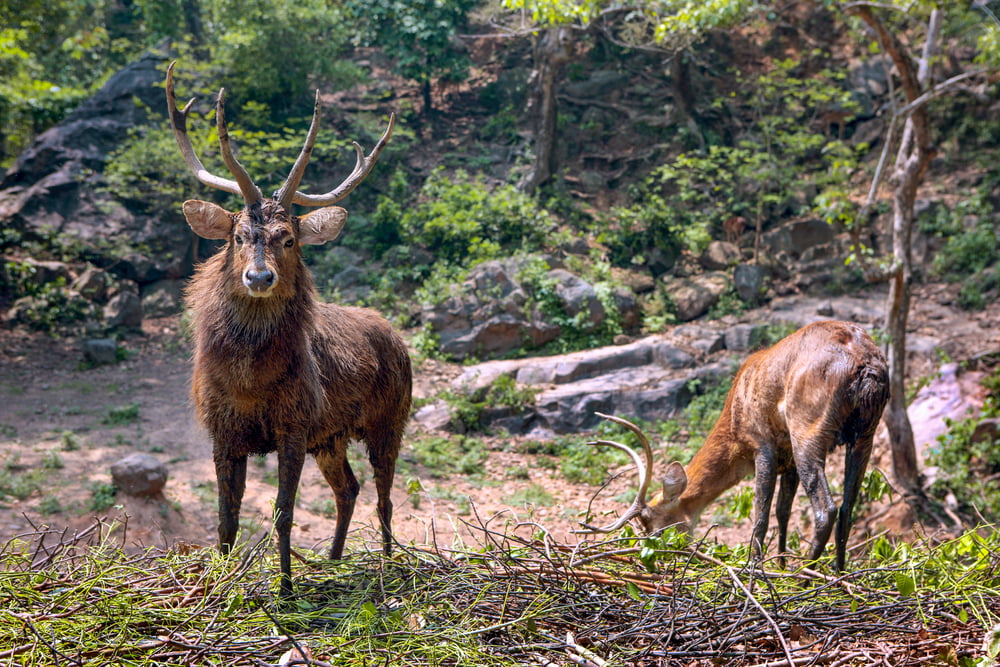
Floating Lake In The Age Of Humans
However, this wonder of nature has been unable to escape the wrath of humanity’s developmental aspirations. The Ithai barrage was erected in the Loktak ecosystem to generate hydropower for the region. However, the construction of the barrage has resulted in a drastic reduction of seasonal water level fluctuations, which has changed the dynamics of the lake. The surface water level change is still evident. The vast areas of the shore get exposed during the dry season due to a lack of water availability.
Before the barrage construction, Loktak was a cluster of water bodies, all of which used to become connected to form a larger body during monsoons. After the barrage construction, the water level increased, so the Loktak wetlands have now become a part of Loktak Lake.
There are negligible seasonal water fluctuations, as the water level now depends on the opening of the barrage. The barrage also affected the flushing of wetlands. Water stagnation, changes in circulation and mixing have directly impacted water quality and sediment deposition. Together, these factors have negatively affected the lake’s ecology.
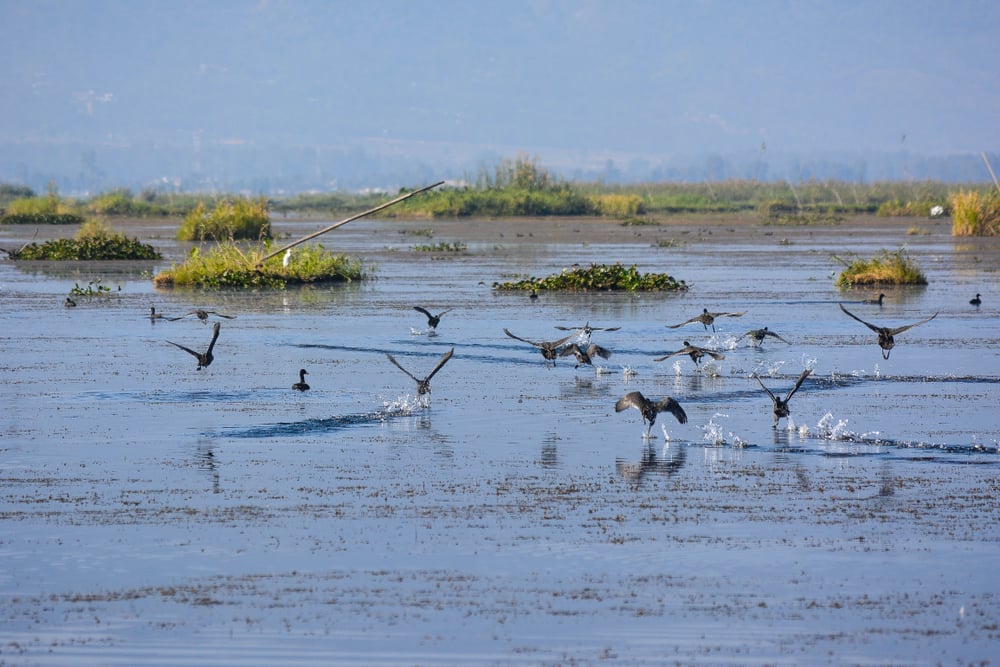
Doomed Past And Bleak Future?
Loktak Lake is one of India’s natural wonders. Considering its ecological status and biodiversity values, the lake was initially designated as a wetland of international importance under the Ramsar Convention on March 23, 1990. It was also listed under the Montreux Record, “a record of Ramsar sites where changes in ecological character have occurred, are occurring or are likely to occur”, on June16, 1993. However, Loktak has not yet turned out to be a haven for nature and its elements present there. Several issues persist that demand our attention. Only then will the only “floating lake” on the planet be maintained in its perpetual beauty.
References (click to expand)
- Kangabam, R. D., Boominathan, S. D., & Govindaraju, M. G. (2015). An international journal of environment and biodiversity. NeBIO I An International Journal of Environment and Biodiversity, 6(2).
- Laishram, J., & Dey, M. (2014). Water Quality Status of Loktak Lake, Manipur, Northeast India and Need for Conservation Measures: A Study on Five Selected Villages. International Journal of Scientific and Research Publications, 4(6).
- Devi, K.N. (2017). A Wetland and a Lifeline: the Importance of Loktak Lake for Manipur, India. Journal of Innovation for Inclusive Development, 2(1), 30-35.
- Degradation And Conservation Of Indian Ramsar Wetlands.

